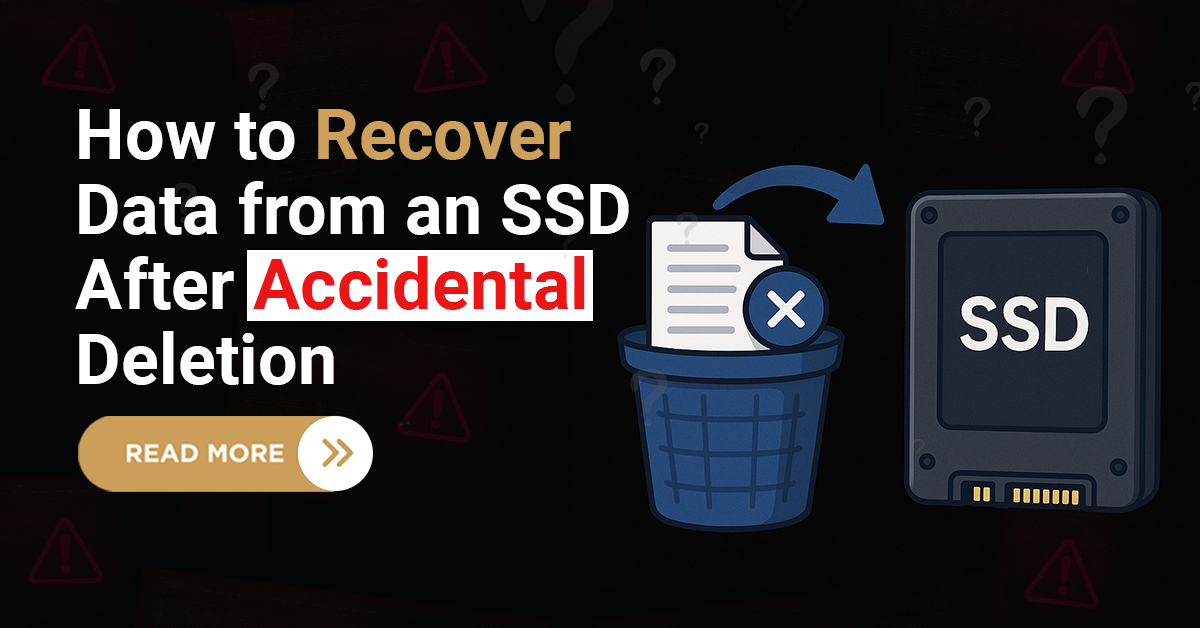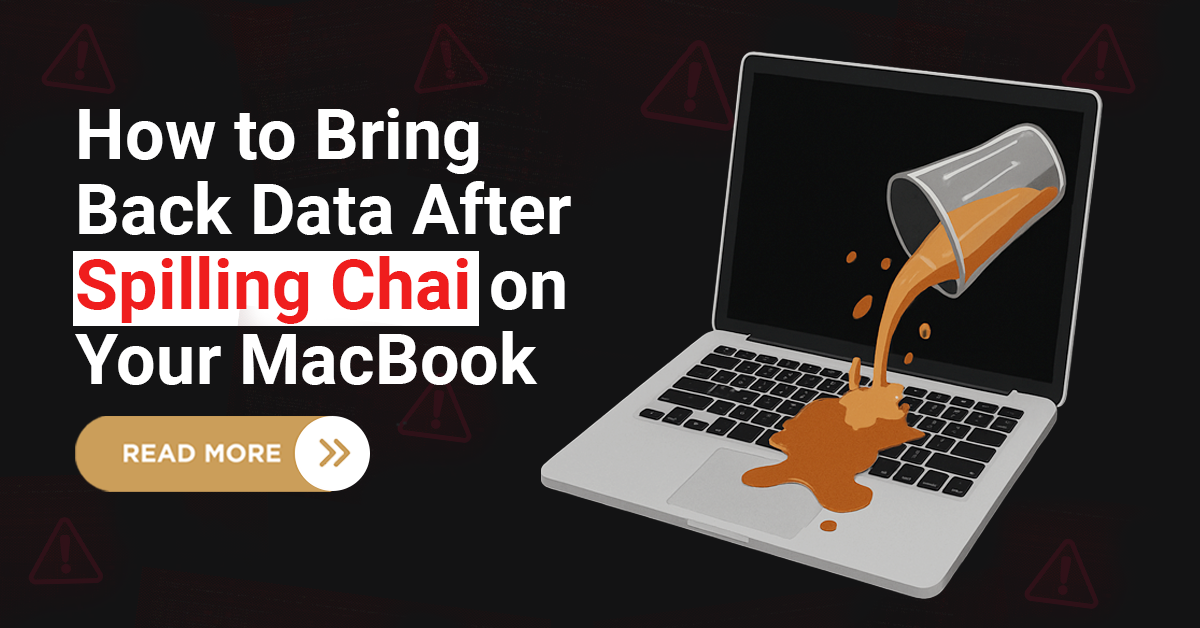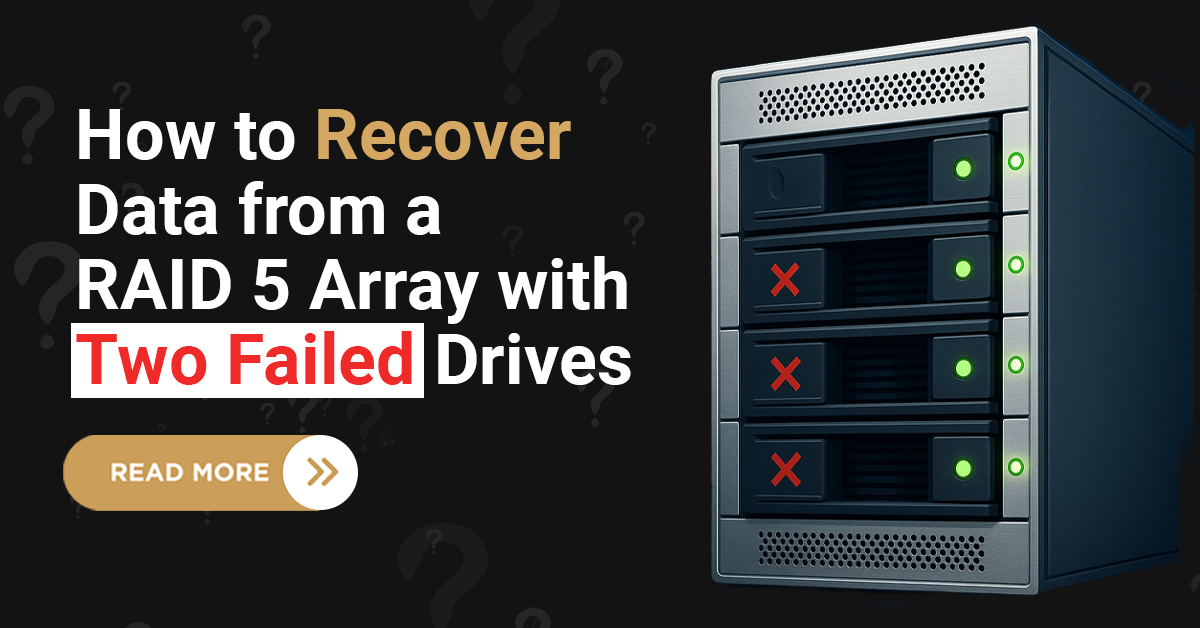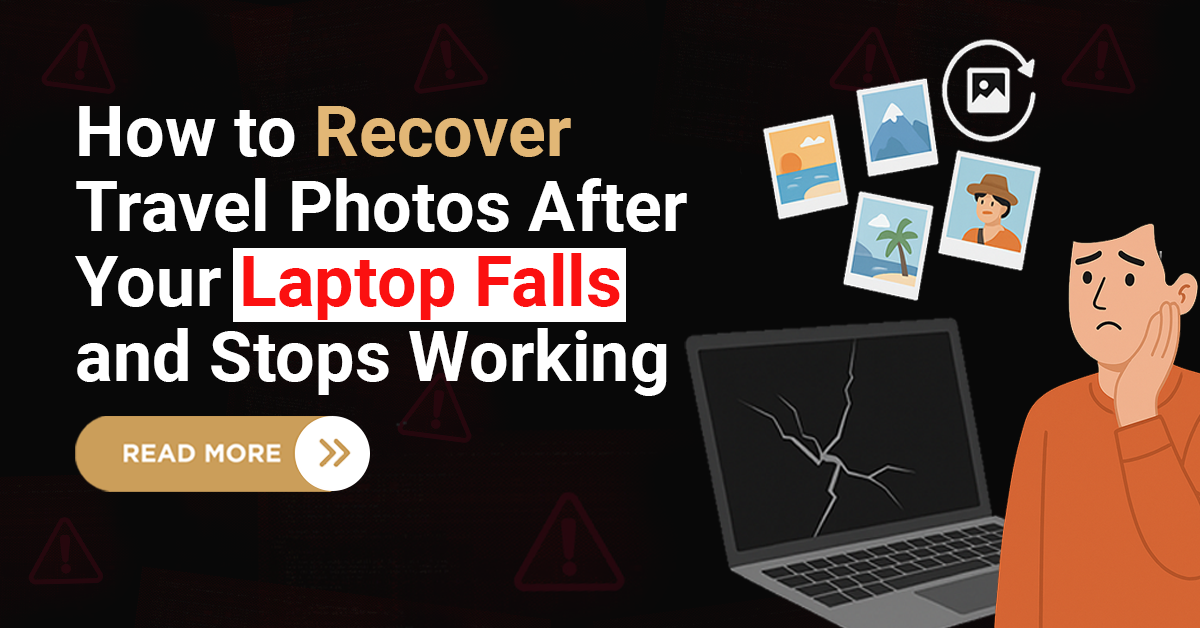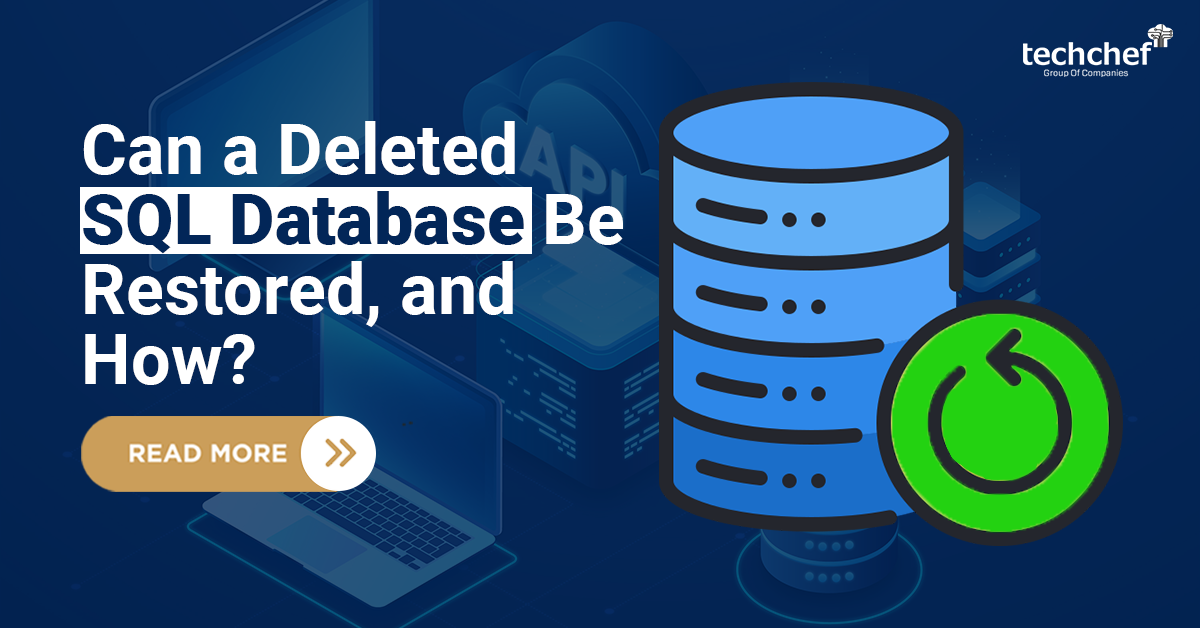Dos
1. Unlock write protection: You can sometimes mistakenly access your SD card with enabled write protection. In the first place, disable or remove the write protection and check if the files are accessible.
2. Run chkdsk to prevent bad sectors: The accumulation of bad sectors can cause corruption in an SD card. To remove them, the in-built tool chkdsk can be an adequate solution. First, launch chkdsk in windows and check all the errors causing corruption in the device.
3. Scan device with Antivirus: A virus can adversely affect the SD card, making its data corrupted or damaged. Remove the virus in your system with antivirus software and scan for any malware that has corrupted the SD card.
4. Reboot the device: Only rebooting a device can resolve multiple issues that have occurred due to malfunctioning SD cards. Whether its a phone or a camera in which you are using the SD card, reboot it once to check if the SD card has come to its normal state.
Don’ts
5. Access SD card during low power mode: Low power mode means a device with unstable power. If you tend to use your SD card during the devices’ low power mode, you can experience Sd card corruption unexpectedly.
6. Improperly remove the card when working on a device: This means your SD card can get damaged or corrupted when you hard remove it from the device. It would be better if you removed the card when the device was turned off.
7. Insert or remove the SD card unsafely: Once you access the card in your device, you might sometimes remove it hard or unsafely. This can corrupt the SD card. Ensure that you safely remove the SD card after using it.
8. Download unknown data on SD card: Malware or virus attacks on your SD memory card can come from any unknown malicious source. Beware of any unknown data that isn’t reliable and scan such files with Antivirus once to prevent damage or corruption on your SD card.




